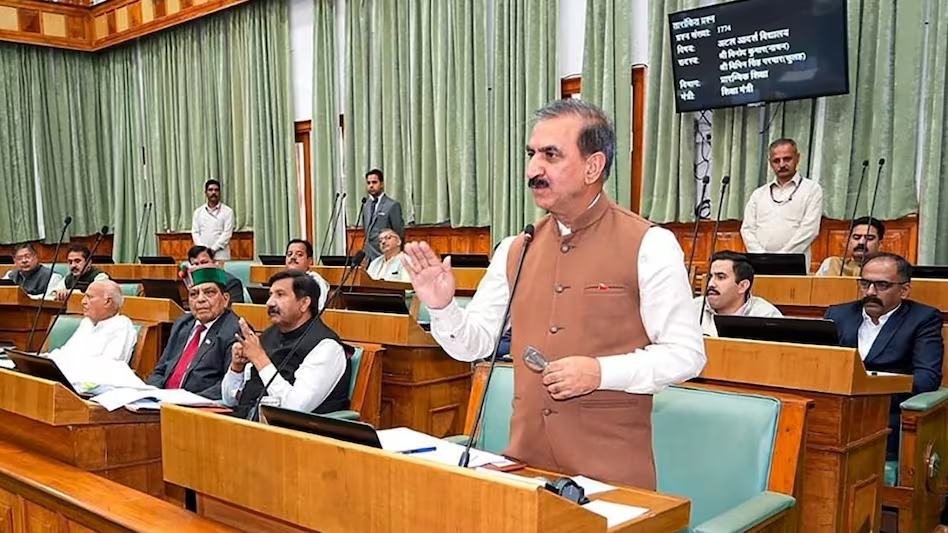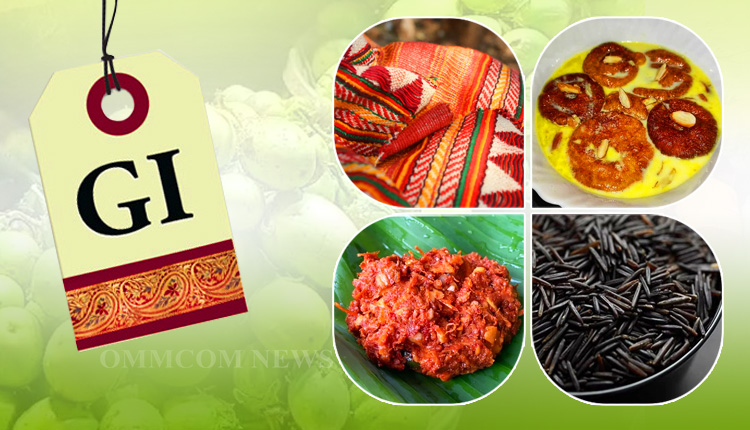- Courses
- GS Full Course 1 Year
- GS Full Course 2 Year
- GS Full Course 3 Year
- GS Full Course Till Selection
- Answer Alpha: Mains 2025 Mentorship
- MEP (Mains Enrichment Programme) Data, Facts
- Essay Target – 150+ Marks
- Online Program
- GS Recorded Course
- Polity
- Geography
- Economy
- Ancient, Medieval and Art & Culture AMAC
- Modern India, Post Independence & World History
- Environment
- Governance
- Science & Technology
- International Relations and Internal Security
- Disaster Management
- Ethics
- NCERT Current Affairs
- Indian Society and Social Issue
- NCERT- Science and Technology
- NCERT - Geography
- NCERT - Ancient History
- NCERT- World History
- NCERT Modern History
- CSAT
- 5 LAYERED ARJUNA Mentorship
- Public Administration Optional
- ABOUT US
- OUR TOPPERS
- TEST SERIES
- FREE STUDY MATERIAL
- VIDEOS
- CONTACT US
REPORT ON DEVELOPMENT AND PROMOTION OF JUTE INDUSTRY
REPORT ON DEVELOPMENT AND PROMOTION OF JUTE INDUSTRY
- The Standing Committee on Labour, Textiles, and Skill Development released a report on the Development and Promotion of the Jute Industry.
-
The Standing Committee on Labour, Textiles, and Skill Development is a parliamentary panel that aims to:
- Improve welfare and social security for unorganized sector workers
- Provide social security for organized sector workers
- End child labour
- Promote skill development
- Strengthen employment services
-
About India’s Jute Industry:
- India is the largest producer of jute followed by Bangladesh and China.
- India accounts for 70% of the world’s jute production and employs approximately 3.7 lakh workers directly.
- About 90% of the production is consumed within the country, with 73% of jute industries concentrated in West Bengal.
- Jute Crop Details:
- Temperature: Ranges between 25-35°C.
- Rainfall: Approximately 150-250 cm.
- Soil Type: Well-drained alluvial soil.
- Production: India is the largest producer of jute followed by Bangladesh and China.
- Acreage and Trade: Bangladesh leads in acreage and trade, contributing to three-fourths of global jute exports.
- Concentration: Mainly in eastern India due to the rich alluvial soil of the Ganga-Brahmaputra delta.
- Major Producing States: Include West Bengal, Bihar, Odisha, Assam, Andhra Pradesh, Meghalaya, and Tripura.
- Uses: Known as the golden fibre, used in making gunny bags, mats, ropes, yarn, carpets, and other artefacts.
-
Challenges and solutions for the Indian jute industry
Challenges |
Solutions |
|
High procurement costs due to logistical challenges and middlemen. |
Improve infrastructure and transportation facilities to reduce supply chain costs. |
|
Selling price lower than processing cost, reducing profitability. |
Encourage mills to buy directly from farmers, eliminating middlemen and reducing costs. Implement regulations to ensure fair pricing for farmers and mills. |
|
Lack of raw material self-sufficiency, leading to imports; Fluctuations in raw jute quality and availability. |
Promote high-yielding jute varieties and provide incentives to farmers for increased production; Invest in better storage facilities and processing units to minimize wastage and maintain quality. |
|
Outdated mills and machinery impacting productivity and efficiency; Lack of research and development in the sector. |
Implement government and industry-led initiatives to upgrade mills and machinery; Focus on R&D, and Train workers on operating modern equipment. |
|
Synthetic substitutes posing a threat to jute usage in packaging; Bangladeshi and Chinese mills offering better quality and prices. |
Develop innovative and value-added jute products like composites, blends, and niche items; Implement stringent quality control measures and invest in advanced processing techniques. |
|
Frequent strikes and lockouts impacting production and stability; Power supply issues and infrastructural bottlenecks hindering growth. |
Open dialogue between labour unions, management, and government to address grievances; Skill development and fair wages; Improve power supply, transportation networks, and access to capital for the industry. |
-
Key Recommendations of the Standing Committee:
- Promote modernization by providing digital moisture meters to improve quality.
- Develop a comprehensive policy for reviving closed mills and establishing new ones.
- Establish schemes in collaboration with the Ministry of Skill Development and Entrepreneurship to address the shortage of skilled workers.
-
Related Initiatives for the Jute Sector:
- Golden Fibre Revolution and Technology Mission: Aims to enhance jute production in India.
- Jute Packaging Materials Act, 1987: Mandates the use of jute packaging material despite competition from synthetic fibres.
- Jute Geo-Textiles (JGT): Promoted under the Technical Textiles Mission, offering diverse applications in civil engineering and erosion control.
- Jute SMART: An e-government initiative enhancing transparency in the jute sector.
- Jute Mark Logo: Launched in 2022 for branding and positioning of Indian jute globally.
- National Jute Development Programme: An umbrella scheme for the development of the jute industry.
- Establishment of the National Jute Board (NJB) as per the National Jute Board Act, 2008.



